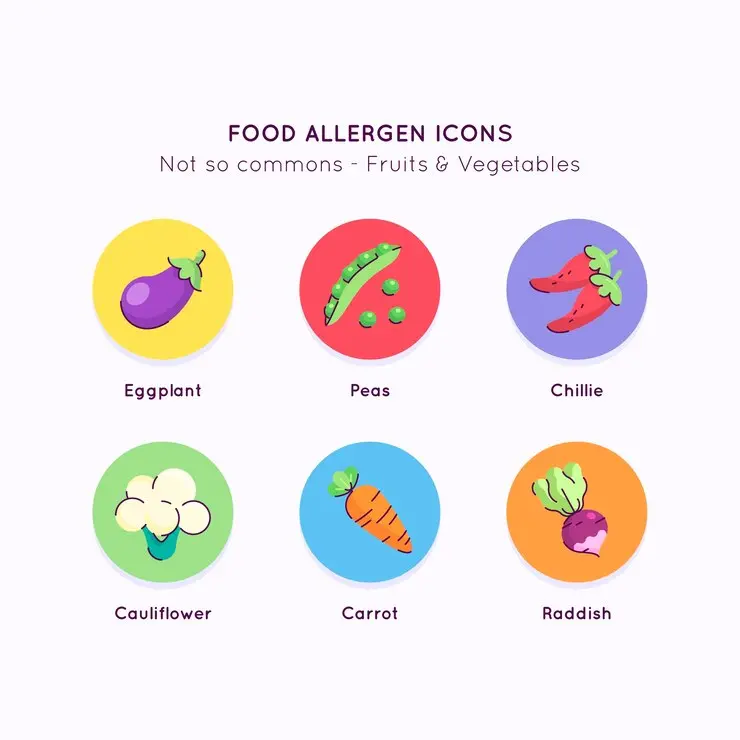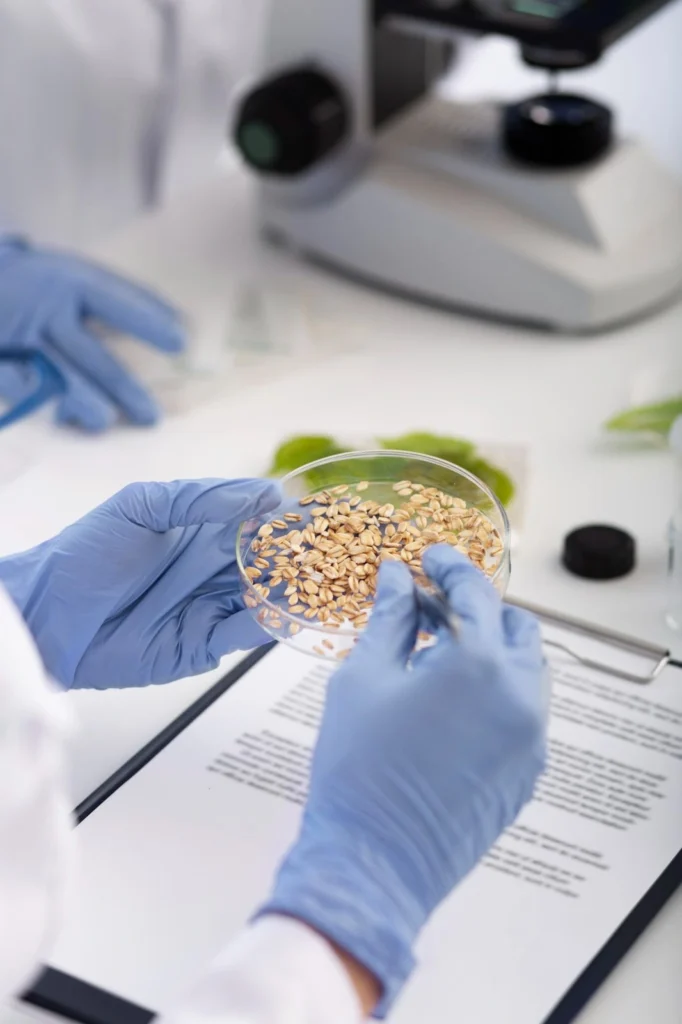Food allergies are becoming increasingly common, affecting millions of people worldwide. This comprehensive guide will explore the topic of food allergenicity, providing valuable information on understanding, diagnosing, and managing food allergies. By gaining insights into the science behind food allergies and the various ways to live with them, individuals can enhance their knowledge and make informed decisions regarding their health and well-being.

Understanding Food Allergens
Food allergens are substances that trigger an abnormal immune response in certain individuals. These individuals have an overactive immune system that mistakenly identifies harmless proteins in food as harmful invaders.
This immune response leads to the release of chemicals, such as histamine, causing allergic symptoms. It is essential to understand the definition and types of food allergens to identify potential triggers accurately.
Food allergies have become a growing concern in recent years, with more people being diagnosed with various food sensitivities. The rise in food allergies has prompted increased research and awareness in the medical and food industries to better understand and manage these conditions. Individuals with food allergies must navigate their daily lives carefully, scrutinizing food labels and restaurant menus to avoid potential allergens.
Definition and Types of Food Allergens
Food allergens are specific proteins found in various foods that can cause an allergic reaction in susceptible individuals. Common food allergens include peanuts, tree nuts, shellfish, fish, eggs, milk, soy, and wheat. These allergens can be present in many processed foods, making avoidance challenging.

Furthermore, food allergens can be hidden in unexpected places, such as sauces, dressings, and even cosmetics. This hidden presence of allergens underscores the importance of thorough ingredient knowledge and communication with food service providers.
Cross-contamination during food preparation is another significant concern for individuals with food allergies, highlighting the need for strict protocols in kitchens and food manufacturing facilities.
Common Foods That Cause Allergies
Although any food can potentially cause an allergy, some foods are more commonly associated with allergic reactions. For example, peanut and tree nut allergies are prevalent, often producing severe reactions.
Milk, eggs, fish, shellfish, soy, and wheat are also among the top allergenic foods. It is essential to be aware of these common triggers to prevent exposure and manage allergic reactions effectively.
Educating oneself and others about food allergies is crucial in creating a safe environment for individuals with these sensitivities. Increased awareness and understanding can lead to better support systems and accommodations in various settings, ensuring that those with food allergies can navigate their daily lives with confidence and security.
The Science Behind Food Allergies
Understanding the science behind food allergies allows individuals to comprehend how their immune system reacts to certain allergens and appreciate the role of genetics in this process. With this knowledge, individuals can gain a deeper understanding of their own allergies and potentially identify strategies for better management.

How the Immune System Reacts to Allergens
When a person with a food allergy consumes the allergenic food, their immune system produces specific antibodies (called immunoglobulin E or IgE) to fight against the perceived threat.
Upon subsequent exposure, these IgE antibodies trigger the release of chemicals, such as histamine, resulting in a range of allergic symptoms. Understanding this immune response is crucial to recognize allergic reactions and seek appropriate medical help.
The Role of Genetics in Food Allergies
Research has shown that food allergies may have a genetic component. If one or both parents have allergies, there is an increased likelihood of their children developing allergies as well.
However, the specific genetic factors involved in food allergies are still being studied. By understanding the genetic link, individuals can better comprehend their risk and potentially take preventive measures.
Symptoms and Diagnosis of Food Allergies
Mild:
- Hives
- Itching
- Swelling (lips, face, tongue)
- Runny nose
- Mild nausea
Moderate:
- Abdominal pain
- Vomiting or diarrhea
- Persistent cough
- Throat tightness
- Difficulty swallowing
Severe (Anaphylaxis):
- Difficulty breathing
- Rapid pulse
- Dizziness
- Severe drop in blood pressure
- Loss of consciousness
Managing and Treating Food Allergies
While avoidance remains the primary strategy for managing food allergies, there are additional steps individuals can take to minimize risk and increase their quality of life. This section explores the importance of dietary modifications, medications, and alternative therapies in managing food allergies.
Avoidance and Dietary Modifications
Avoiding allergenic foods entirely is the best approach to prevent allergic reactions. This often involves carefully reading food labels, understanding cross-contamination risks, and making necessary dietary modifications. Additionally, individuals may need to consult with allergists and dietitians to ensure a nutritionally balanced diet while avoiding specific allergens.
Medications and Therapies for Food Allergies
In certain situations where avoidance is challenging or accidental exposure occurs, medications can help manage allergic symptoms. Antihistamines can provide relief from mild symptoms, while epinephrine auto-injectors are essential for emergency treatment of severe reactions. Moreover, emerging therapies, such as oral immunotherapy, are being explored as potential treatment options.
Living with Food Allergies
Living with food allergies can present unique challenges, particularly in social and dining situations. Additionally, the emotional and psychological impact of food allergies should not be overlooked. This section offers insights and strategies for navigating these aspects of life with food allergies.

Navigating Social and Dining Situations
Food allergies can sometimes create social barriers, making it crucial to communicate effectively with family, friends, and acquaintances about dietary needs. Additionally, dining out requires careful planning and open communication with restaurant staff to ensure allergen-free meals. By being proactive and prepared, individuals with food allergies can participate fully in social activities.
Emotional and Psychological Aspects of Food Allergies
Coping with food allergies can be emotionally challenging, impacting an individual’s quality of life. Feelings of anxiety, fear, and frustration are common. Support from healthcare professionals, support groups, and loved ones can be valuable in addressing these emotional aspects and developing effective coping strategies.
Conclusion
This comprehensive guide has provided an in-depth understanding of food allergenicity. By exploring the science behind food allergies, recognizing symptoms, and implementing appropriate management strategies, individuals can lead fulfilling lives while effectively managing their food allergies. By staying informed and seeking support when needed, those with food allergies can navigate the challenges and embrace a healthy, allergen-free lifestyle.
